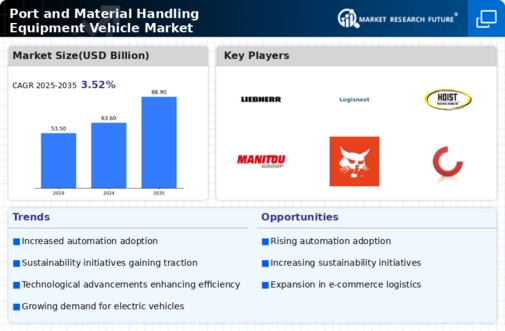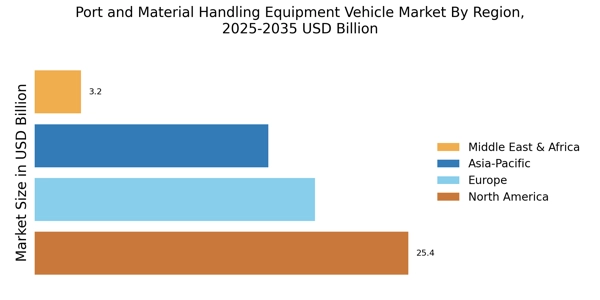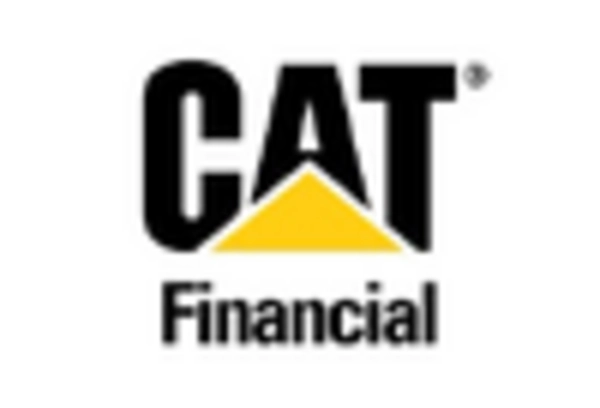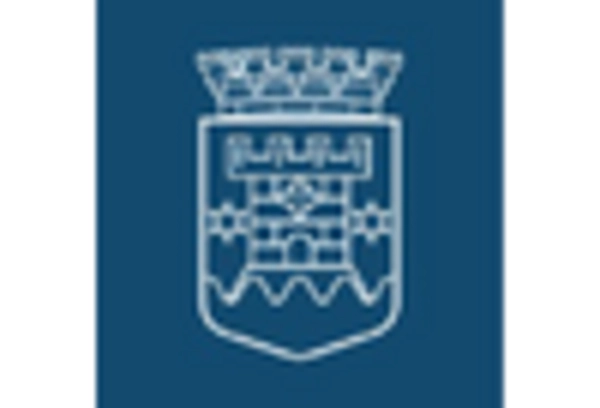The Port and Material Handling Equipment Vehicle Market is characterized by its dynamic and competitive landscape, underpinned by a myriad of manufacturers and suppliers who are striving to meet the increasing demand for efficiency, safety, and innovative solutions in logistics and port management.
This market has experienced substantial growth driven by factors such as globalization, technological advancements, and the rising need for automation in material handling processes. Players in the market are continuously honing their offerings through product innovations and strategic collaborations to enhance their competitive positioning.
As stakeholders seek to optimize their operations, the competitive insights in this sector reveal a focus on sustainability, advanced technology integration, and customization to cater to diverse operational requirements.
Toyota Industries Corporation stands as a formidable presence in the Port and Material Handling Equipment Vehicle Market, recognized for its extensive range of high-quality forklifts and related material handling solutions.
With a strong commitment to research and development, Toyota Industries Corporation leverages advanced technologies to enhance the performance and operational efficiency of its vehicles. The company's established reputation for reliability and durability has contributed to its sustained market share, as customers across various industries depend on its products for seamless operations.
Furthermore, Toyota Industries Corporation emphasizes sustainability through the development of eco-friendly equipment, which aligns with the growing environmental concerns in modern logistics. Its global distribution network and attentive customer service further fortify its competitive edge, ensuring that clients receive unmatched support throughout their purchasing and operational journeys.
Liebherr has carved out a significant niche in the Port and Material Handling Equipment Vehicle Market, known for offering premium machinery solutions that combine innovation with performance.
Specializing in large-scale port equipment, Liebherr's product lineup includes a variety of cranes, reach stackers, and heavy-duty forklifts designed to handle challenging environments and maximize productivity.
The company's commitment to engineering excellence and attention to detail ensures that its equipment can withstand the demands of heavy-duty applications while maintaining optimal efficiency. Liebherr's strong emphasis on technological advancements, such as digitalization and automation, resonates well within the industry as stakeholders seek smarter and more effective operational strategies.
Additionally, Liebherr's global footprint and robust service infrastructure provide a solid backing for customers, enabling them to benefit from swift maintenance and support as needed, thereby reinforcing its reputation as a trusted partner in the material handling sector.


















Leave a Comment